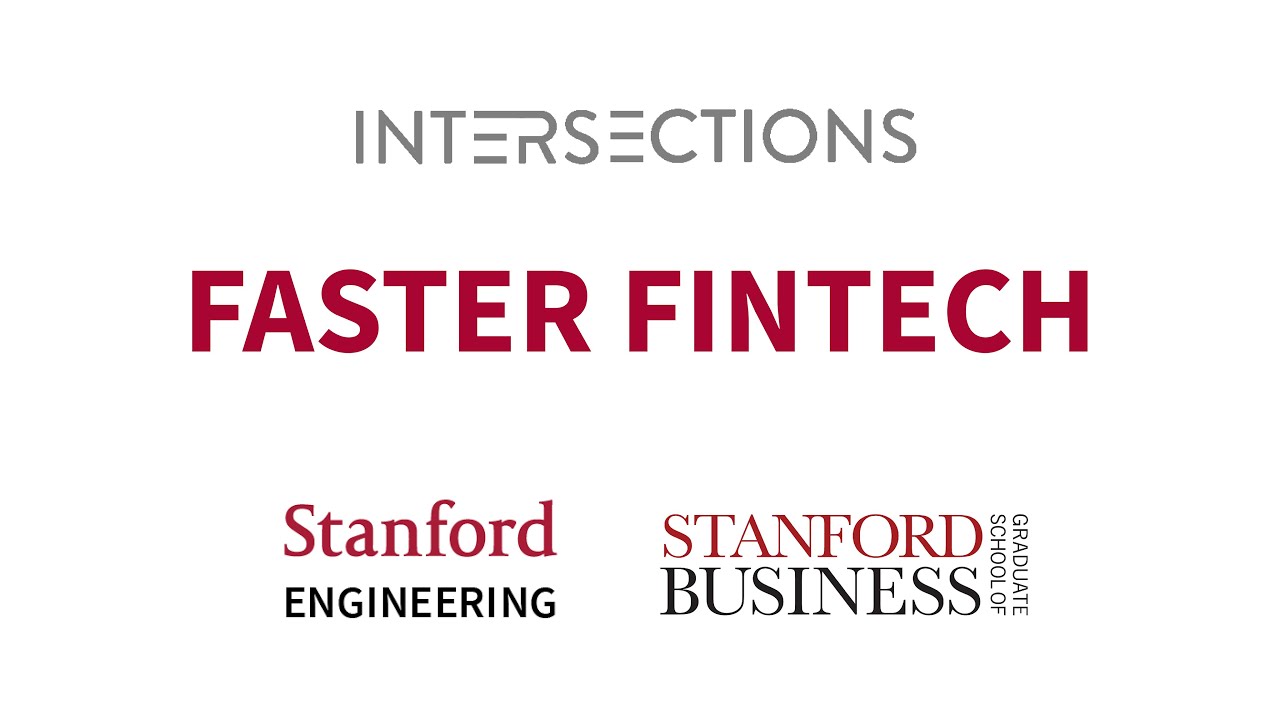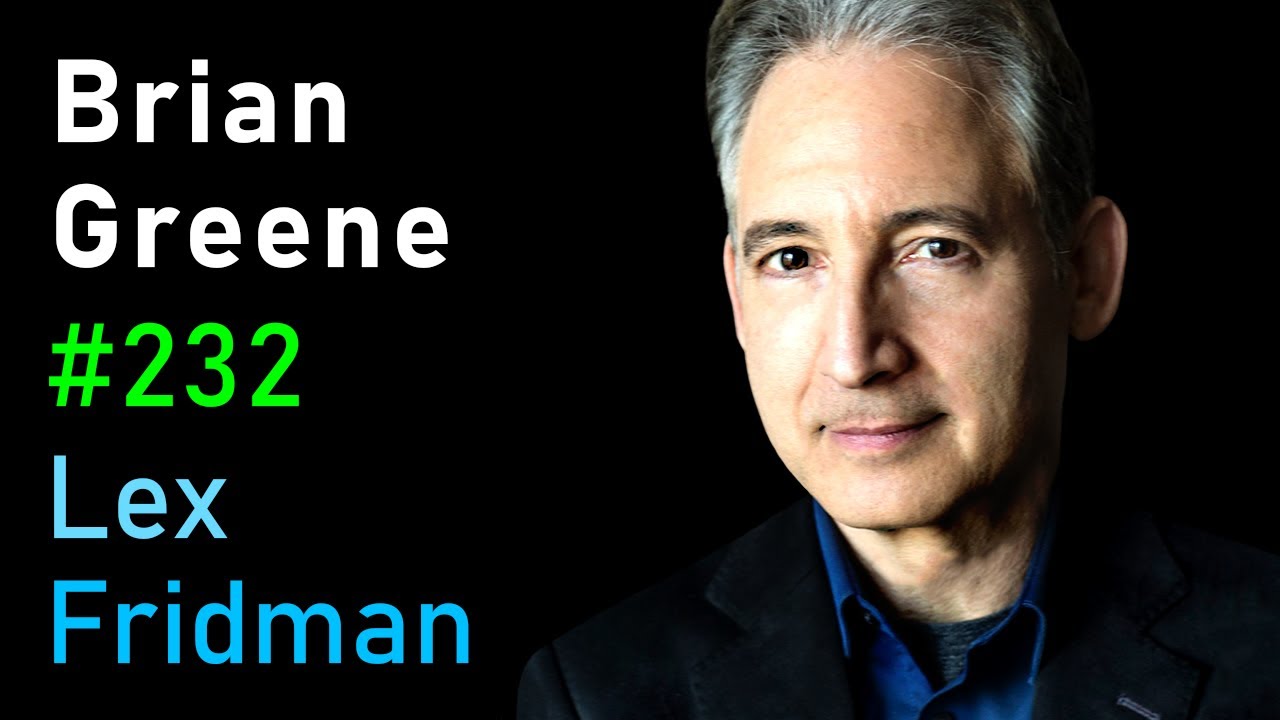Stanford University School of Engineering
Read more: https://stanford.io/2WIRF5M
The engineer behind technology that can track time down to 100 billionths of a second and a professor of finance discuss the emerging field of ever-faster fintech.
At a recent event bringing together faculty from the Graduate School of Business and the School of Engineering, two Stanford professors held a conversation about how Silicon Valley is changing Wall Street, with emerging technologies that are enabling a new era of high-speed, next-generation finance.
The conversation featured insights from Balaji Prabhakar, professor of electrical engineering and of computer science, and Darrell Duffie, professor of finance. It was moderated by former New York Times technology reporter John Markoff, who noted that “we’re partway through this interesting transition from a commerce system which is rooted in paper and metal to one that’s rooted in bits and glass.” The speakers discussed the implications of this transformation, ranging from the proliferation of digital payment systems to the dizzying speeds associated with our trading systems, where competitive advantages play out over nanoseconds.
Peering into the future of electronic payment systems can be as easy as looking at what’s happening in China, Duffie said, where beggars with QR codes now accept mobile payments. And he said that while ATMs may become as difficult to find as telephone booths, the U.S. will likely be one of the last countries to transition to a cashless economy. “We still have a one dollar bill,” he said, “which is a sign that Americans don’t like giving up their paper money.”
Prabhakar described the accelerating timeframes that gird securities trading infrastructure, where the time from “tick to trade” is now measured in tens of nanoseconds. He also highlighted the potential problems and advantages to be gained by exploiting such lightning-fast speeds. At that nano-scale, it can be hard for networks to properly sequence packets of data being sent over even the faster fiber-optic cables. “If you see a price that’s favorable to your trading strategy and you cross the gate ahead of me, then your transactions should happen first,” he said. “Unfortunately, in the world where these networks have ‘jitters,’ this is not easy to guarantee.”
The speakers also agreed that one way or another, massive disruption is coming for financial institutions. “There is a mantra that is being repeated on Wall Street, ‘We are a tech company that happens to be an investment bank,’” said Prabhakar. Redefining the role of banks from being consumers of technology to creators of technology will mean that “any bank that’s not big enough or not nimble enough is going to lose out,” said Duffie.
Source



